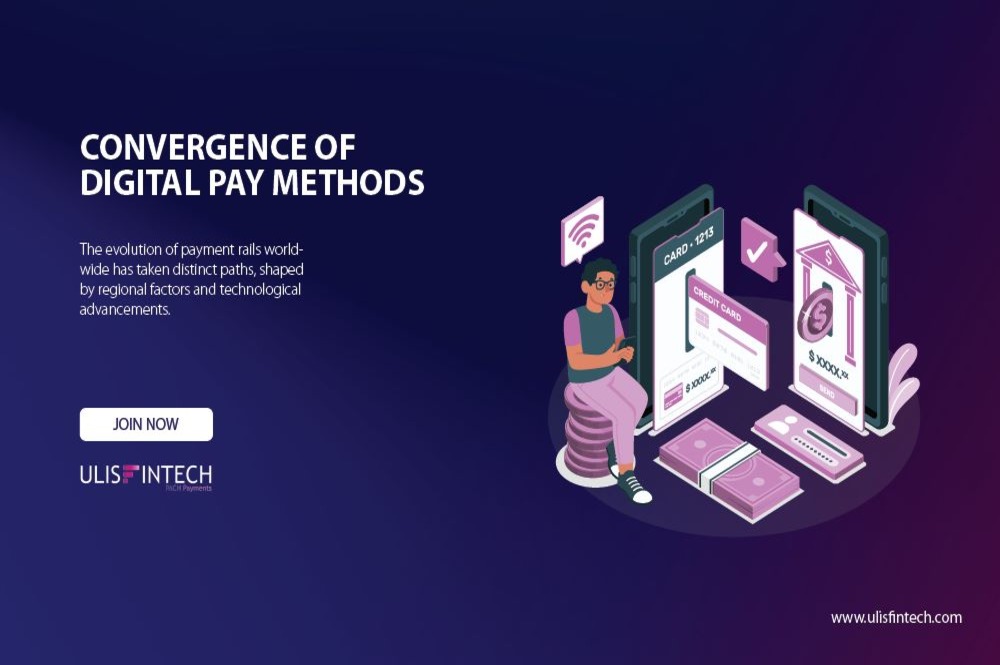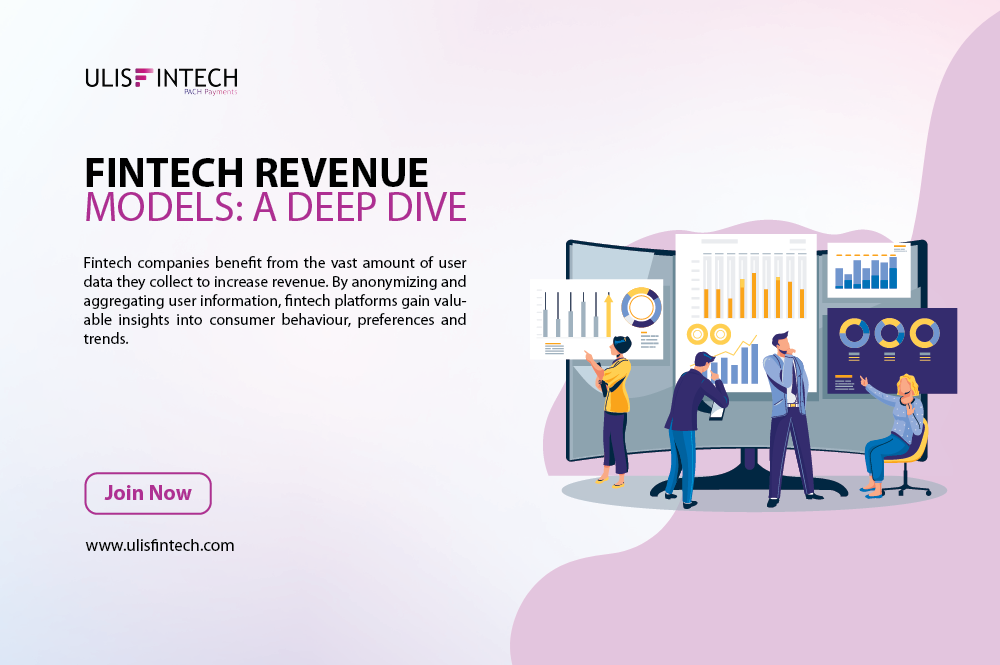Consumers Utilize Embedded Transactions Services
May 05, 2022 - 16 MINS READ

Consumers utilize embedded transactions services
The smooth incorporation of financial services into a typically non-financial platform is known as embedded finance or embedded banking. Customers may use it to obtain financial services within the app and in context. Customers, for example, can make cashless purchases using a ride-hailing app. Embedded Finance allows MSME, B2C, and B2B enterprises to boost customer lifetime value, monetize their client base, and vertically grow their product offering.
Companies are being forced to dramatically alter their business practices as a result of embedded finance. In the delivery of financial services, digital platforms will play critical roles. It will usher in a new era of creative and efficient financial goods. Businesses across all industries, as well as lenders, must utilize Embedded Finance Network to maintain market dominance. Digital platforms must employ Embedded Finance to enhance CLTV as well as monetize their customer base. Lenders will benefit from higher profit margins. To gain the varied pool of clients accessible in the market, they must collaborate with digital platforms. The most thrilling aspect is for the customers. Embedded Finance will provide clients from all economic and social groups with inexpensive, personalized, and easy-to-access financial services.
Embedded Finance
The harmonious implementation of banking and finance into a traditionally non-financial business is known as embedded finance, sometimes known as embedded banking. Integrated Finance Infrastructure enables financial services to be 'embedded' within consumer online platforms (the 'anchor platforms'). Until recently, if a company wanted to provide financial services, it had to establish a FinTech branch within its firm. This required enormous investment took years to create and took much longer to become viable. Embedded Finance Infrastructure lowers the barrier (by a factor of ten) for digital platforms to deliver financial services to their clients natively. Embedded Finance provides 'native' FinTech experiences to customers using non-FinTech digital channels that are closest to them.
Finance Embedded Examples
Businesses are increasingly partnering with Embedded Finance firms to provide financial services. Here are a few examples of prominent Embedded Finance manifestations:
- Payments Embedded
The integration of payment infrastructure to enable a smooth payment flow within an app or platform is referred to as embedded payments. Payments were the first financial service to be integrated into non-financial product interactions. They are now an integral element of the value proposition of any E-Commerce app or SaaS platform, with end-users utilizing this functionality instinctively daily.
Embedded Payments enable a wide range of applications, including in-game purchases in video games, payroll automation software, e-wallet integration in E-Commerce apps, payment via educational institutions' ERPs, subscription-based payments for SaaS, and many more.
Many Embedded Payment systems allow users to pay in installments as well. This scenario is discussed in the section on Embedded Credit.
- Credit Embedded
The embedding of credit products within non-financial digital channels is referred to as embedded credit. This enables customers to apply for, obtain, and repay loans using the site. A buyer purchasing a piece of kitchen equipment on Amazon, for example, may turn their purchase into an EMI at the checkout without leaving the platform.
- Embedded Insurance
The term "embedded insurance" refers to the inclusion of insurance in the consumption of a good or service. Tesla, for example, provides vehicle insurance at the online point-of-sale as well as part of in-store sales. Embedded Insurance firms provide transactional APIs and technologies that enable insurance products to interact with mobile applications, websites, and other partner ecosystems.
Instead of implementing the difficult capacity inside, platforms choose to engage with external insurance providers. However, insurance businesses use out-of-date technology stacks that are difficult to integrate. Through their software stack, embedded insurance infrastructure firms make it simple to interact with insurance providers.
Investing in Embedded Assets
Embedded Investment, in its most basic form, allows platforms to incorporate stock market investment into their sector products. API-based brokerage businesses have been at the forefront of the Embedded Investing movement. They have created APIs to represent every microservice, including account opening, funding, trading, portfolio management, and market data. This enables multiple platforms to provide investment services to their consumers in context.
The application that invests people's spare change by converting transactions into a smooth and touch-free procedure, is one example. Embedded Investments enable investors to invest in the stock market without leaving the platform they're now using, whether it's messaging, payment, or social. Employees can purchase stocks directly from some employee portals.
The responsibilities of the key stakeholders in the Embedded Finance ecosystem
An Embedded Finance Infrastructure is made up of three important organizations that collaborate to provide customers with financial solutions.
- Platforms for digital content
Non-FinTech enterprises or businesses that possess a customer-facing digital platform, such as a smartphone app, website, or desktop application. Because they have a thorough awareness of their target audience groups, they may provide tailored financial solutions to consumers that are 'embedded' within their platform.
Advantages of a digital platform:
- Increases in CLTV and other critical business indicators – Platforms experience an increase in revenue due to increases in AOV, customer retention, and CLTV (Customer Lifetime Value).
- Unlocks a new stream of revenue - Platforms profit from a revenue share while bearing no financial risk.
- Increased client activation - Merchant-oriented firms often have very high acquisition costs. They give pricey offers/incentives for merchant activation on the platform. Adding credit is known to improve merchant activation on a platform in a variety of ways.
- Stand out from the crowd - Providing financial services enhances the product offering, vertically grows the platform, and helps it stand out from the crowd.
- Obtain useful information to better understand your consumers - Offering financial services enables the collection of important data on clients and their behavior, which may be used in novel ways.
- Financial institutions
Banks, NBFCs, and small financing banks are examples of financial institutions. They serve a dual purpose. They offer financial services and are ideally placed to handle regulatory, compliance, and credit risk. They monitor and service loan requests from the Embedded Finance ecosystem using their network and people.
- Access to big pools of consumers - Financial institutions can have access to varied borrower pools with specialized characteristics. They accomplish this by utilizing the distribution capabilities of platforms (companies) that feature Embedded Finance. For example, a B2B E-Commerce platform (such as Amazon) is linked to hundreds of small firms. Financial institutions can participate in this network by providing financial solutions to Amazon sellers.
- Create a more prosperous company - Improved underwriting and effective loan lifecycle management help financial institutions to boost their profits while lowering end-customer expenses.
- Embedded Finance Infrastructure
FinTech business such as ULIS fintech provides the start of the summer software tools (APIs and SDKs) and connects financial institutions to the digital platform. An SDK (Software Development Kit) allows for simple connections to swiftly import capabilities with a mobile / web app. The complete loan journey is integrated within the platform/app in the case of Embedded Finance. It also offers critical value-added services such as loan lifecycle UI, alternative data underwriting engines, customer service, and more.
Users benefit from increased access to affordable financial services.
- Users gain access to a variety of flexible, simple, and less expensive financial services. They have been accepted for more financial services on more user-friendly terms.
- Receive personalized financial solutions - Users may receive tailored financial solutions that properly meet their needs.
- Improved customer experience - In-context financial service offers increased platform users' experience.
As a result, Embedded Finance brings together many parties and assists them in playing to their strengths. The total result is far bigger than the sum of its components!
In the delivery of financial services, digital platforms will play a critical role
Digital platforms are in a unique position to service their consumers better than ever before, and in ways that traditional financial institutions are unable to. Customers increasingly expect digital platforms to meet their demands in greater depth. They may stimulate innovation and play a critical role in the delivery of financial services to consumers by using their extensive customer information.
Banks will collaborate with technology companies
Financial institutions may use their massive volumes of customer data by partnering with digital platforms. Banks may utilize this information to gain new consumers, better understand existing ones, adapt financial products, and generate repeat transactions.
EndNote
Embedded Finance Network has enabled SaaS firms to integrate financial services within their primary software offering. Vertical market customers rely on purpose-built software to handle the vast majority of their challenges. As a consequence, the customer works with that firm for all of his or her software requirements. In most SaaS marketplaces, one dominating company meets the greatest variety of client demands.
Financial organizations can attract more consumers at a lower cost and with more efficiency, while also increasing repeat transactions. This increases their profits, allowing them to provide the same financial goods to clients at a lower cost.
Customers now have a multitude of Embedded Finance firms to choose from, as well as our most-loved brands delivering financial services.







